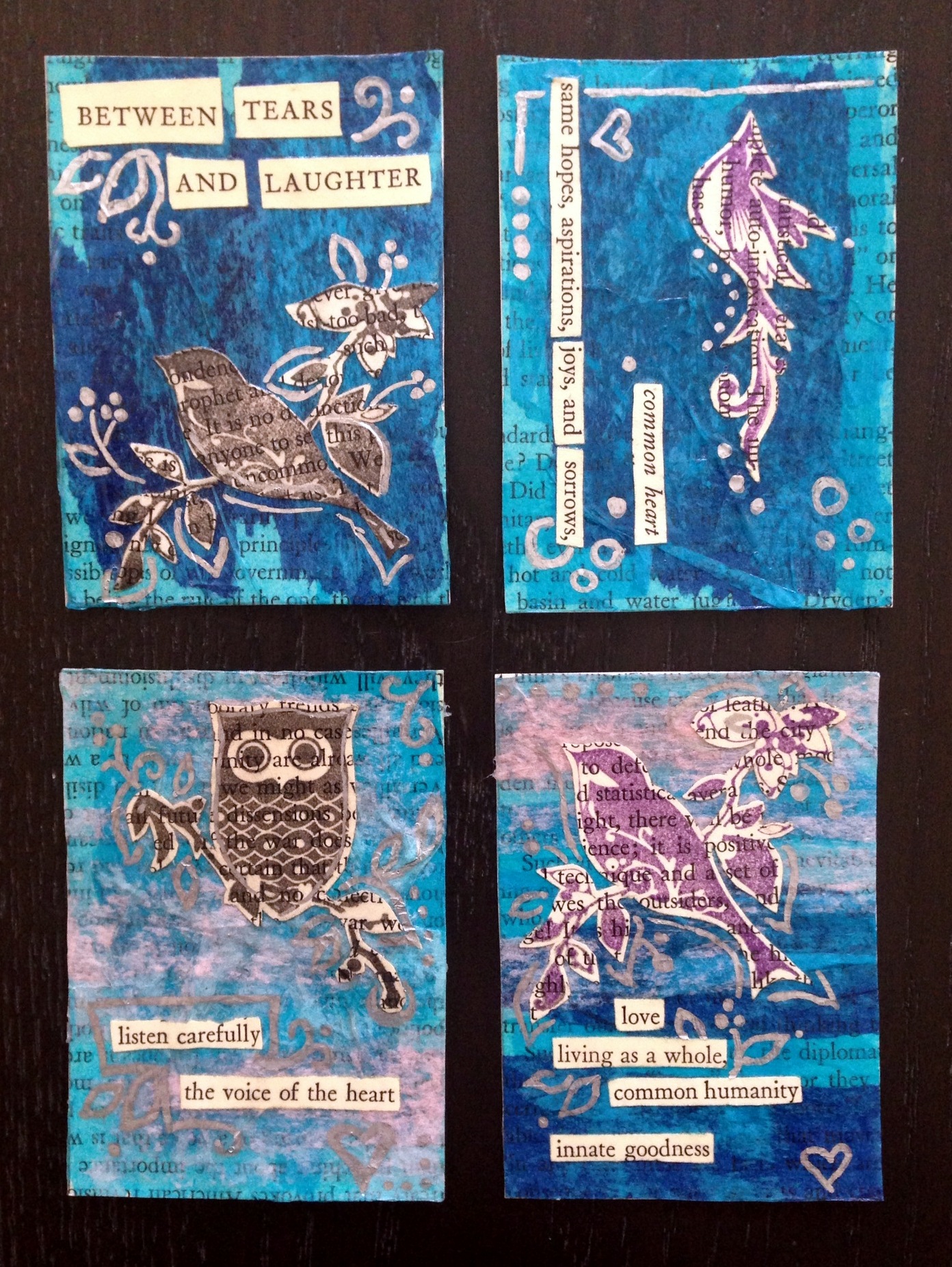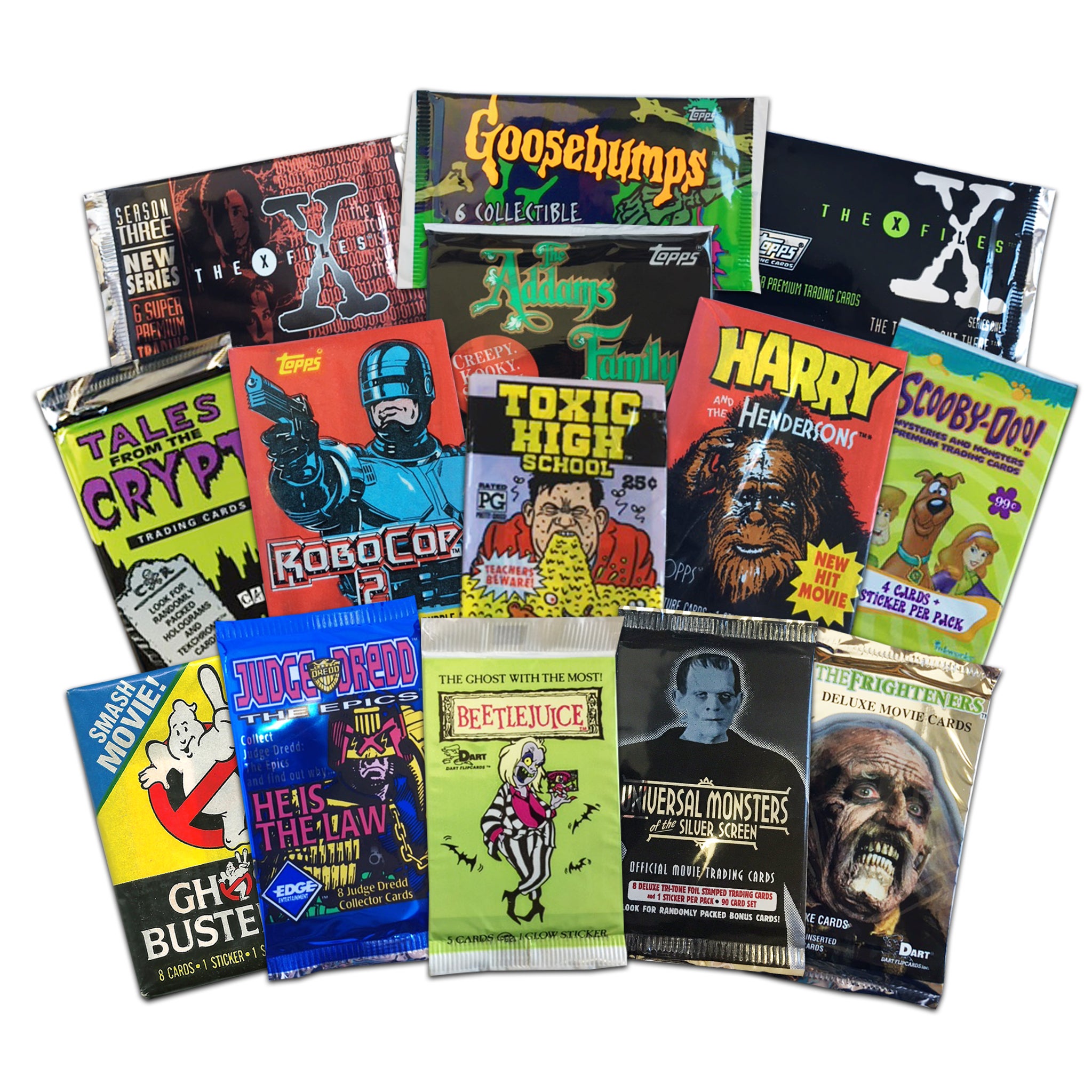


Sets like Fleer Ultra and Metal Universe would start to be revisited and expanded upon, moving from a typical 100-card set to sets that exceeded well over 400 cards. In 2016, Joe Jusko would return to once again paint a full set of trading cards for the Marvel Masterpieces series, and with this, the hobby entered a new era of trading cards.

Soon after, sets from Rittenhouse Archives would begin to standardize colored sketch cards and rare inserts, like diamond parallels, that were numbered out of 10, and comic cuts, which were cards that featured selected comic book panels that were cut down and framed into trading cards.Īt this point, sets like Marvel Premier, Fleer Retro and Vibranium began to be serialized and printed in more limited runs. These inserts each featured an original hand-drawn artwork right on the card from a range of artists, including titans like Stan Lee, John Buscema, John Romita Sr. In 1997, sketch cards arrived to Marvel cards. Holograms, lenticulars, prisms and other card types made the sets more interesting, and some of these elements were adopted by the sports card world.

Marvel cards evolved with their own designs and inserts that captured the imagination of collectors everywhere. Marvel Masterpieces went on to feature the work of artists like Julie Bell, Boris Vallejo, Tim and Greg Hildebrandt, Bill Sienkiewicz, Dave DeVries, Dimitri Patelis and others. This set featured 109 entirely painted artworks, which was unheard of at the time, but soon this would become a staple in the Marvel card hobby. Its creative director, Bob Budiansky, handed out trading card assignments to comic book artists such as Jim Lee, Tom Morgan and Ron Frenz, who had worked or were working on the comic books.Įventually, Joe Jusko would change Marvel cards forever with one of the most beloved sets in Marvel cards - 1992 Marvel Masterpieces. It wasn’t until 1990 that Impel took over production, creating its very own set of trading cards called Marvel Universe Series I. The cards were created by taking copies of the original art and having them hand-colored for the trading cards by Mark McNabb. Around this time, the artwork on cards was usually stenciled or colored from original comic book art.īeginning in 1986, Comic Images would release many sets that were designed around the artwork of top comic book artists, including Jim Lee, Todd McFarlane, Mike Zeck and Arthur Adams. Marvel trading cards began with featured images of popular characters offering jokes and/or witty remarks on the front, with sets like 1966 Donruss and the Topps 1976 sticker set. Fans were able to relate this information back to the comics, creating a renewed interest in the Marvel Universe by trading card collectors and comic fans alike. Unlike prior sets that featured fan-favorite characters experiencing comical situations or with images repurposed from the comics, SkyBox’s cards expanded on the comics by featuring a wide variety of characters, stats, biographies and artwork drawn specifically for the trading cards by Marvel’s own artists. Impel, later known as SkyBox, debuted a Marvel Universe set in 1990. The rise in popularity would give Marvel the chance to release a great deal of merchandise and memorabilia to fans in the form of comics, movies and, of course, trading cards. Later, Timely Comics became Atlas Magazines and then Marvel Comics, one of the two top companies in the industry. The seeds of the Marvel Universe were planted in the 1930s when Timely Comics debuted iconic characters like Captain America, the Human Torch and the Sub-Mariner. System) except for Weiss Schwartz Marvel cards. Additionally, at this time, CGC Trading Cards will not be grading card games that feature Marvel (such as OverPower or Vs. CGC Signature Series services are not currently available for any cards certified by CGC Trading Cards. Please be aware that Marvel trading cards have varying widths and lengths due to inconsistent factory cutting, so some cards cannot be encapsulated. The first Marvel card graded by CGC Trading Cards.ĬGC Trading Cards is set to grade all Marvel cards from 1966 to present, with thicknesses under 5.5mm.


 0 kommentar(er)
0 kommentar(er)
